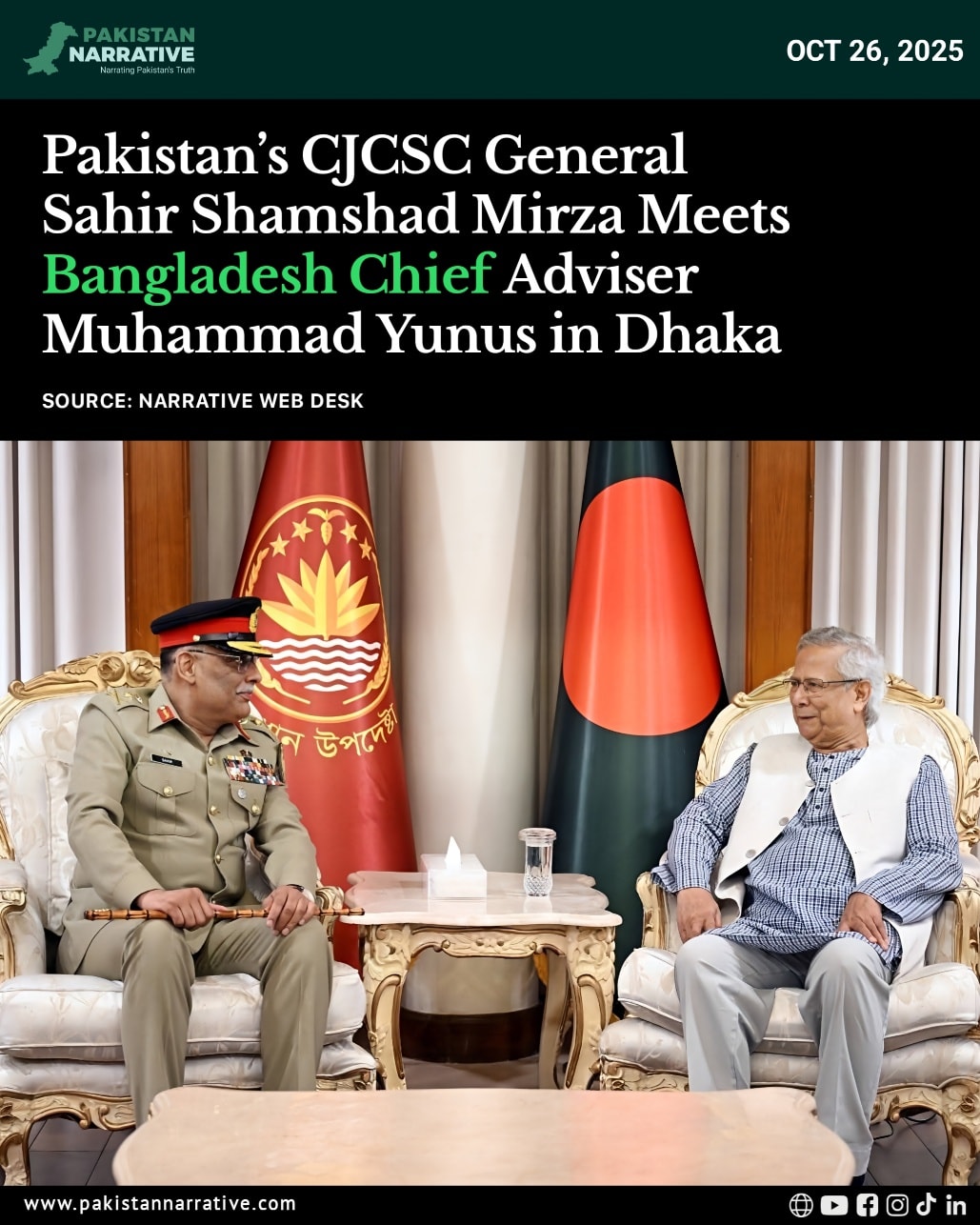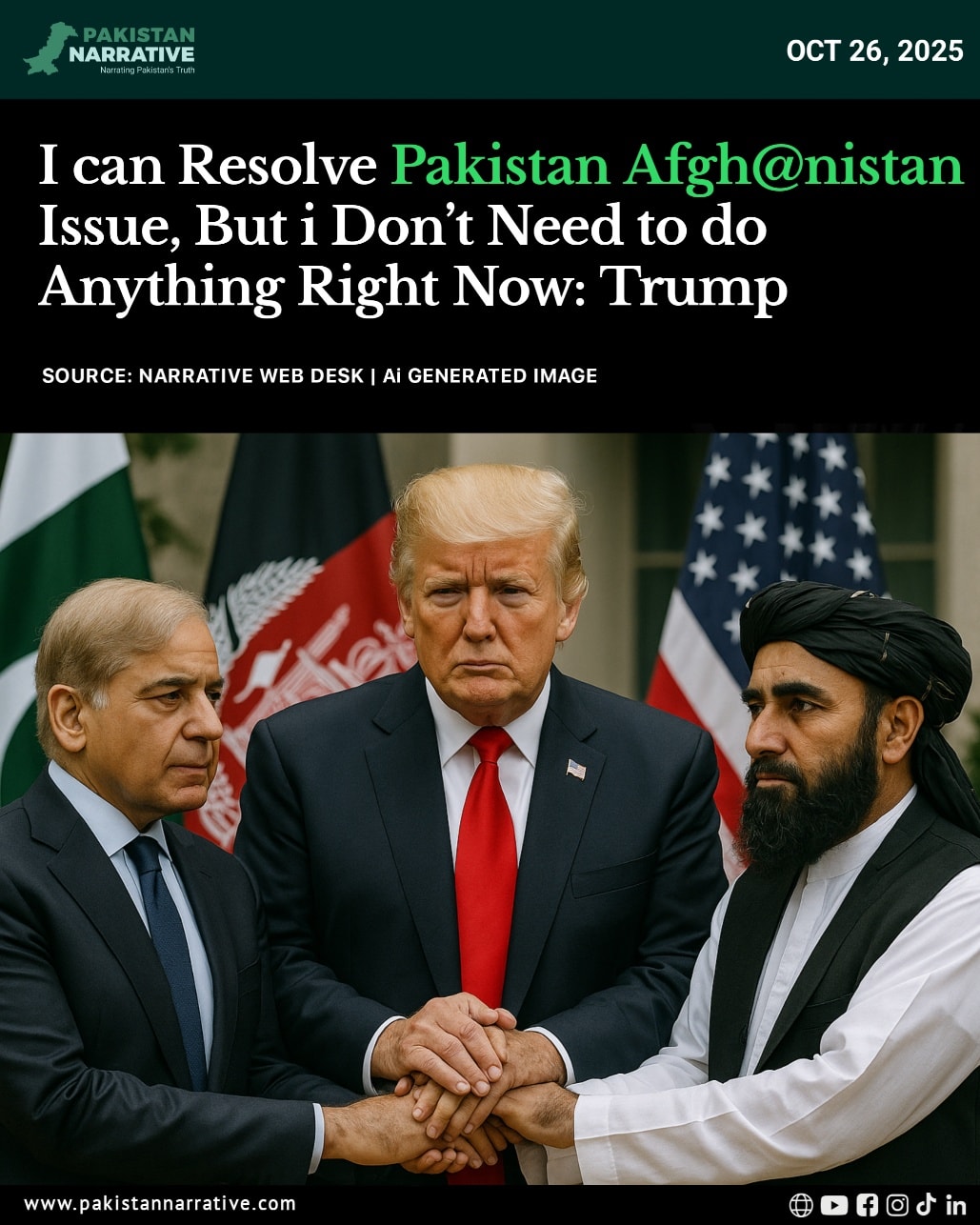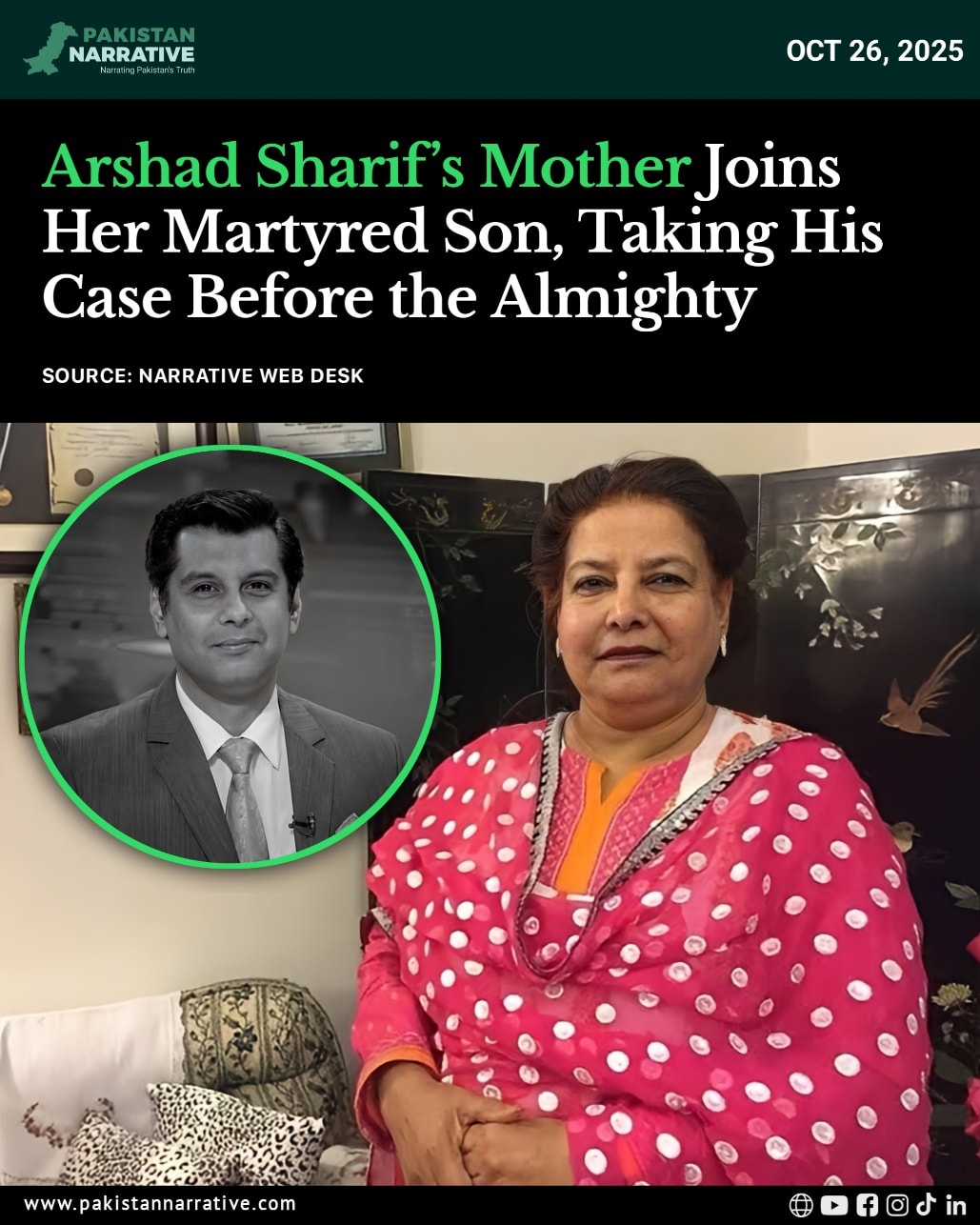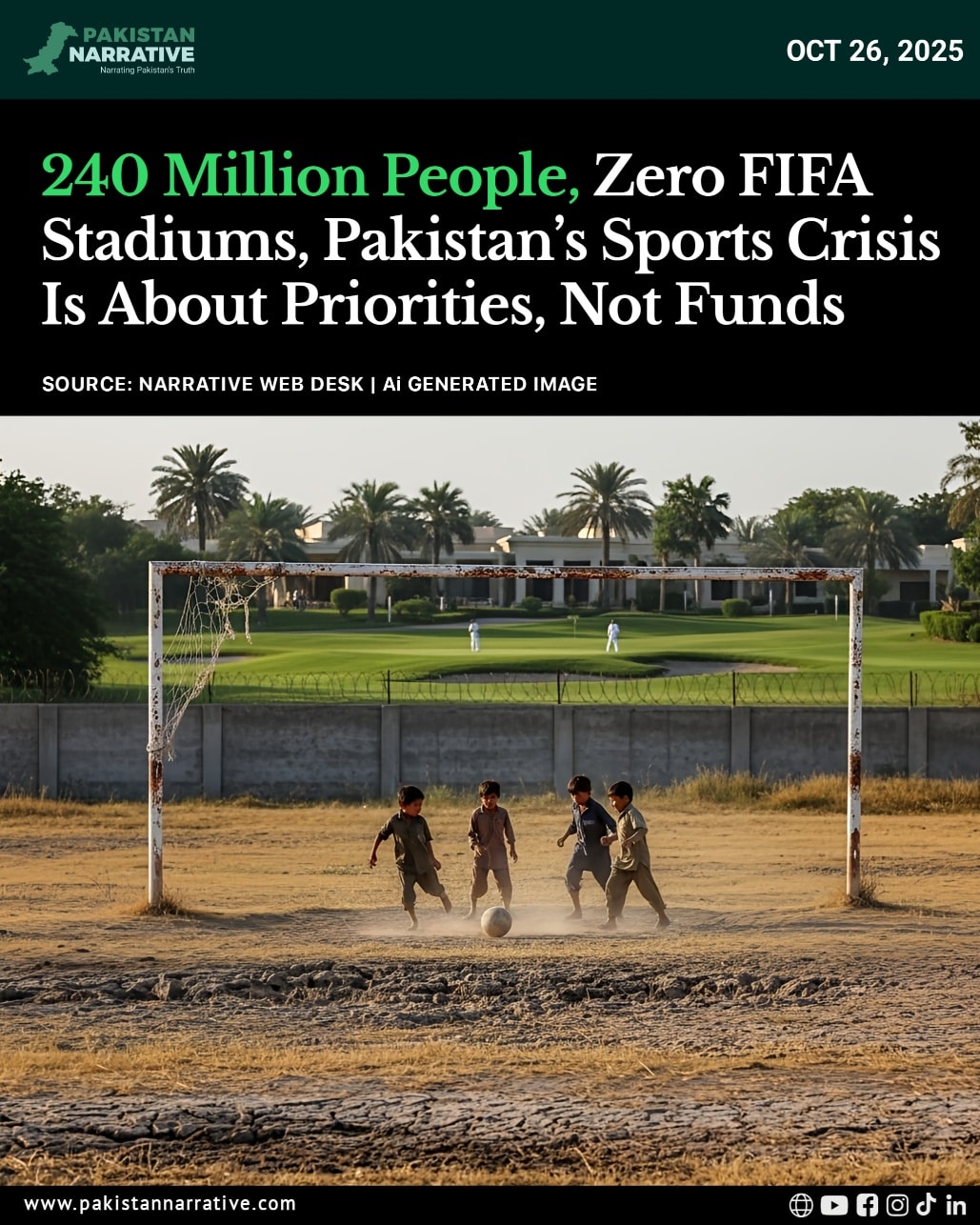Picture Dhaka in the heat of July—the air thick with tension, streets humming with restless footsteps, and young voices echoing through every alleyway. What began as frustration over injustice turned into something much larger: a youth-led revolution rewriting the meaning of democracy in Bangladesh.
To make sense of this uprising, political science offers some useful lenses. Political Opportunity Structure Theory reminds us that revolutions often emerge when cracks appear in the system. In Bangladesh, the cracks were everywhere—an exhausted public, divided elites, and online spaces that could no longer be tightly controlled. Young people noticed the opening and seized it, not with chaos but with careful strategy. Resource Mobilization Theory also comes alive here. There were no wealthy donors behind the protests. Instead, students pooled their resources, shared food, set up makeshift clinics, and turned messaging apps into command centers. What they lacked in money, they made up for with determination.
Social Movement Theory helps explain how identity is built during protest. These youth stopped seeing themselves as powerless. They began to see themselves as guardians of democracy, carrying placards like shields and chanting as if their words could reshape the country. And, in many ways, they already have. Democratic Theory places this moment in sharper relief. The July Revolution proved that democracy is not simply casting a vote every five years; it is a living, breathing force. It is about justice, equality, and dignity. The youth are pushing Bangladesh to remember that democracy should serve people, not power.
And if we listen closely, Postcolonial Theory also speaks here. The July Revolution is part of a longer struggle—not only to escape the legacy of colonial history but to break free from the politics of patronage and fear that followed. This generation is saying, in unison: we will build a Bangladesh that belongs to us.
But theories only take us so far. What is unfolding is not just a case study in political science; it is a living story, being written in the streets where courage and imagination intersect.
Echoes of History, Roots of Resistance
Revolutions are not new to human history. From the French and Russian revolutions to more recent uprisings, student and youth movements have consistently supplied the energy that turned discontent into transformation. Bangladesh’s July Revolution fits into this long lineage.
In Bengal, youth have always been at the forefront—from the anti-colonial struggles to the Liberation War of 1971, when students formed the vanguard of independence. The Language Movement of 1952, the Education Movement of 1966, the Mass Uprising of 1969—all bore the unmistakable stamp of student leadership. Even in 1990, when public anger toppled autocracy, it was student voices that echoed the loudest on the streets.
The July Revolution of 2024 sits squarely in this tradition. It was sparked by quota protests, deepened by anger over corruption and inequality, and inflamed by authoritarian responses. But the final push came from an insult too sharp to ignore. When Sheikh Hasina branded protesting youth as Razakars—traitors, collaborators—it was as if decades of dignity were stripped away in one phrase. For a generation that grew up carrying the memory or in Jungian terms – the “Collective Unconscious” of past revolutions, this was intolerable.
The response was immediate and uncompromising. Students blocked roads across Dhaka and beyond, from Shahbagh to the Dhaka-Chattogram highway. They faced rubber bullets, tear gas, and arrests, but the harder the state pressed, the stronger the movement became. By July’s end, the ground beneath the ruling establishment had shifted beyond repair. They shot the youth, the children, and so on- but failed to retrain them.
The Birth of New Politics: Democracy by Youth
What makes this uprising different from earlier moments is what came after. Historically, students would rise in times of crisis and then retreat once the immediate goal was achieved. This time, they refused to step aside.
Out of the revolution, more than a dozen new political platforms emerged. According to reports, 76 parties sought registration before the 11th national elections, and that number jumped to 93 before the 12th. Among these, the most striking was the Jatiya Nagorik Party (NCP), built directly by the student leaders who had toppled the Awami League regime.
Other parties—the Samata Party, the Nucleus Party, the Jatiyatabadi Ganatantrik Party, Muktir Dak 71, and many more—signaled a political culture in flux. For the first time in decades, young leaders were not just shouting in the streets; they were stepping into formal politics, drafting manifestos, and preparing to govern.
This is why many call it a generational shift. Eighty percent of NCP’s leadership is between twenty-eight and thirty-four years old. They are not waiting for permission from older parties; they are rewriting the script themselves.
Struggles That Built the Present
To understand why the youth rose so fiercely, it helps to recall how often their hopes were sidelined. The 2018 movement over road safety was met with repression. Government jobs and opportunities were long skewed by unfair quotas. When students tried to demand fairness, they were silenced.
The July Revolution was, in part, a reaction to this cumulative frustration. It was about more than jobs or exams. It was about dignity, about not being dismissed, about refusing to accept second-class citizenship in their own country.
This mirrors a pattern seen worldwide. In France, the “Gilets Jaunes” movement erupted over economic inequality. In the US, Black Lives Matter challenged systemic racism. In Hong Kong, students defended their autonomy against the regime’s tightening grip. Bangladesh’s youth joined this global cycle of democratic activism, proving again that when institutions fail, streets fill.
Courage and Sacrifice: Fighting for Democracy, nothing short of it
Behind every revolution are stories of sacrifice. In July, most of the martyrs were barely out of childhood. One boy, only sixteen, sprinted through the streets shouting for justice until a bullet struck his eye. His voice fell silent, but the dream he carried did not. Mothers searched for sons among lifeless bodies. Friends carried each other to makeshift clinics. Out of pain, resilience was born.
This is why the July Revolution feels different. It was not orchestrated from above; it was carved from below, by ordinary young people who decided enough was enough. Their courage has already redrawn Bangladesh’s political map.
A Future Still Unwritten
What happens next remains uncertain. The fall of one government does not guarantee the rise of a just system. But what is clear is that Bangladesh’s politics will never be the same again. The old guard, long confident in its grip, now faces a generation unwilling to be silenced. Democracy here is being reshaped not in the halls of parliament but in the energy of youth who turned outrage into action, who built clinics out of nothing, who refused to accept the labels thrown at them.
History shows that movements led by students often light the path forward. From 1947 to 1990, from 1990 to 2024, Bangladesh’s youth have been the engine of change. The July Revolution is only the latest reminder: democracy is not a gift handed down by leaders, but a force carried by people—most powerfully, by its young.
The dream they carry is not abstract. It is written in blood, in courage, in chants that filled the July air. And the dream, in one word, is democracy.
Alauddin Mohammad
Executive Director, IPGAD – Institute for Policy, Governance and Development.
(This article is the summary of a Keynote Speech delivered on September 17, 2025 in a seminar at the Department of Politics and International Relations of International Islamic University, Islamabad. The author can be reached by alauddin0112@gmail.com )




